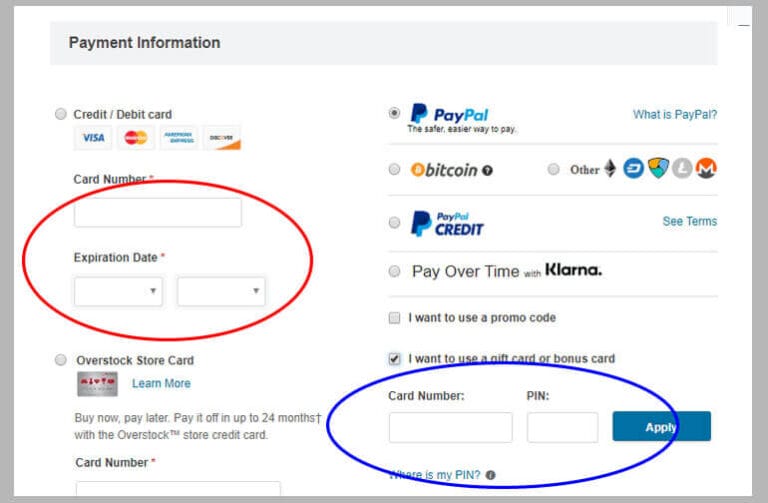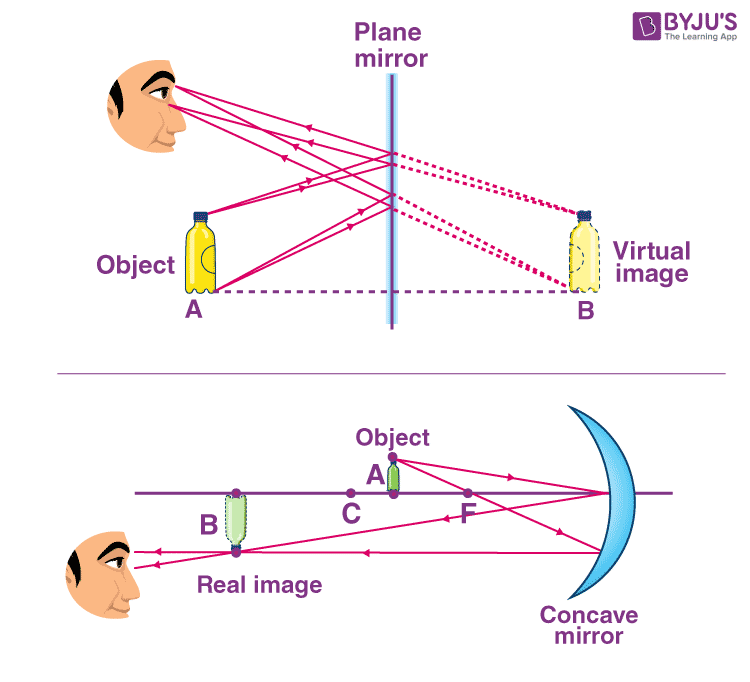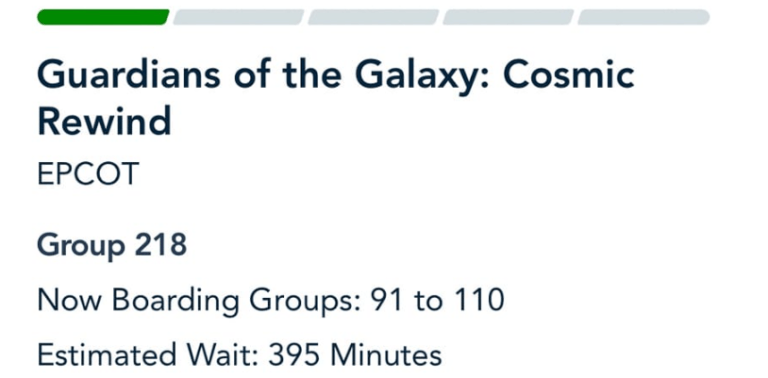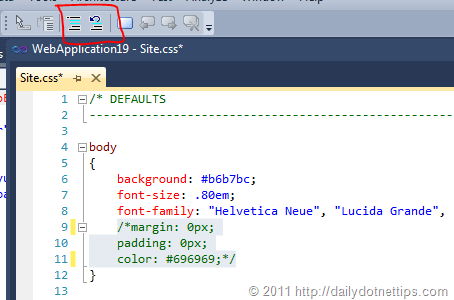
Living with visual impairment affects over 2.2 billion people worldwide, yet many aspects of their daily experiences remain misunderstood. Whether you’re a visually impaired individual seeking resources, a family member wanting to provide support, or simply someone interested in understanding these experiences better, this comprehensive guide explores the realities, challenges, and remarkable adaptations of people living with visual impairments.
What Does It Mean to Be Visually Impaired?
Visual impairment encompasses a wide spectrum of conditions, from partial sight loss to complete blindness. According to the World Health Organization, visual impairment includes:
- Low vision: Significant visual impairment that cannot be corrected with glasses, contact lenses, or surgery
- Legal blindness: Visual acuity of 20/200 or worse in the better eye with correction
- Total blindness: Complete absence of light perception
Understanding this spectrum is crucial because over 90% of visually impaired individuals have some remaining vision, which they often use creatively to navigate daily tasks.
The Daily Reality: How Visually Impaired Individuals Navigate Life
Morning Routines and Home Management
The daily routine of a visually impaired person often begins with carefully organized systems. From tactile markers on clothing to identify different items, to using talking watches and smartphone accessibility features, every aspect requires thoughtful adaptation.
Key adaptations include:
- Consistent organization systems where everything has its designated place
- Tactile labeling systems for medications, food items, and personal belongings
- Voice-activated assistants for weather updates, news, and appointment management
- Specialized lighting setups to maximize any remaining vision
Mobility and Navigation: Independence in Motion
Perhaps no aspect of daily life requires more adaptation than mobility. Visually impaired individuals employ various strategies and tools to move confidently through their environment:
Essential Mobility Tools
White Canes: The iconic white cane serves multiple purposes:
- Detection cane: Extends the user’s tactile range to identify obstacles, curbs, and surface changes
- Identification cane: Shorter canes that signal visual impairment to others
- Support cane: Provides physical stability for those who need it
Guide Dogs: These specially trained companions offer:
- Safe navigation around obstacles and hazards
- Intelligent disobedience when commands would lead to danger
- Enhanced confidence and independence in unfamiliar environments
Technology-Based Solutions:
- GPS apps designed specifically for visually impaired users
- Smartphone apps that provide audio descriptions of surroundings
- Wearable devices offering real-time navigation assistance
Public Transportation and Travel
Navigating public transportation systems presents unique challenges, but with proper strategies, visually impaired individuals can travel independently:
Successful strategies include:
- Learning specific routes through repetition and practice
- Using audio announcements and tactile paving systems
- Utilizing specialized apps that provide real-time transit information
- Asking for assistance when needed without compromising independence
Breaking Down Barriers: Assistive Technology Revolution
Screen Readers and Digital Access
Modern assistive technology has revolutionized information access for visually impaired individuals:
Leading Screen Reading Software:
- JAWS (Job Access With Speech): Industry-standard screen reader for Windows
- NVDA: Free, open-source screen reader option
- VoiceOver: Built-in screen reader for Apple devices
- TalkBack: Android’s accessibility feature
Innovative Assistive Devices
Smart Glasses Technology:
- AI-powered glasses that describe surroundings in real-time
- Object and text recognition capabilities
- Navigation assistance with audio feedback
Mobile Apps Transforming Daily Life:
- Be My Eyes: Connects users with sighted volunteers for visual assistance
- Seeing AI: Microsoft’s app providing scene description and text reading
- Color Identifier apps: Help identify colors in clothing and objects
- Money Identifier apps: Recognize currency denominations through camera
Braille Technology Advancement
Modern Braille technology goes far beyond traditional paper:
- Refreshable Braille displays: Provide tactile access to digital content
- Braille keyboards: Enable efficient typing and computer interaction
- Braille embossers: Print Braille documents for offline reading
Workplace Independence and Career Success
Employment Challenges and Solutions
Visually impaired individuals face unique workplace challenges, but with proper accommodations, they can excel in virtually any career:
Common workplace accommodations include:
- Screen reading software installation
- Adjustable lighting and monitor setups
- Alternative format materials (Braille, large print, digital)
- Flexible work arrangements when appropriate
Career Success Stories
Many visually impaired individuals have achieved remarkable success across diverse fields:
- Technology and software development
- Education and academia
- Healthcare and social services
- Legal and business professions
- Arts and creative industries
Social Interactions and Relationship Building
Communication Strategies
Effective communication with visually impaired individuals involves understanding and respect:
Best practices for interaction:
- Always introduce yourself and announce when you’re leaving
- Speak directly to the person, not through a companion
- Offer assistance, but don’t insist if declined
- Use normal conversational volume unless hearing impairment is present
- Be descriptive when providing directions or explanations
Overcoming Social Barriers
Visually impaired individuals often encounter misconceptions and barriers in social settings:
Common misconceptions to avoid:
- Assuming all senses are enhanced to compensate
- Believing all visually impaired people are completely blind
- Thinking independence is impossible without sight
- Speaking louder or using overly simplified language
Mental Health and Emotional Wellbeing
Addressing Emotional Challenges
Living with visual impairment can impact mental health, making emotional support crucial:
Common emotional challenges:
- Adjustment to vision loss
- Frustration with accessibility barriers
- Isolation due to social stigma
- Anxiety about independence and safety
Support strategies:
- Professional counseling specialized in vision loss
- Peer support groups and community connections
- Recreational activities adapted for visual impairment
- Family education and involvement in the adjustment process
Building Resilience and Confidence
Many visually impaired individuals develop remarkable resilience through:
- Orientation and mobility training
- Independent living skills programs
- Assistive technology proficiency
- Strong support networks and advocacy
Educational Resources and Learning Opportunities
Accessible Education Solutions
Educational institutions are increasingly implementing comprehensive accessibility measures:
Key accessibility features:
- Digital textbooks compatible with screen readers
- Extended time for examinations
- Alternative format materials
- Assistive technology support services
Lifelong Learning Opportunities
Continuing education remains accessible through:
- Online courses with accessibility features
- Audio textbooks and educational materials
- Braille and large print resources
- Adaptive technology training programs
Creating Inclusive Environments
Home and Community Accessibility
Simple modifications can dramatically improve accessibility:
Home accessibility improvements:
- Consistent organization systems
- Adequate lighting design
- Tactile markers and labels
- Voice-controlled smart home technology
Community accessibility features:
- Audible pedestrian signals
- Tactile paving systems
- Clear signage with high contrast
- Audio announcements in public spaces
Advocacy and Legal Rights
Understanding legal protections empowers self-advocacy:
Key legislation:
- Americans with Disabilities Act (ADA)
- Section 504 of the Rehabilitation Act
- Web Content Accessibility Guidelines (WCAG)
- Individual with Disabilities Education Act (IDEA)
The Future of Accessibility Technology
Emerging Technologies
Revolutionary developments continue to expand possibilities:
Cutting-edge innovations:
- Artificial intelligence-powered navigation systems
- Advanced haptic feedback devices
- Improved voice recognition technology
- Smart city infrastructure integration
Research and Development Trends
Ongoing research focuses on:
- Brain-computer interfaces for vision restoration
- Advanced prosthetic vision systems
- Enhanced object recognition algorithms
- Seamless technology integration
Practical Tips for Supporting Visually Impaired Individuals
Family and Friend Support
Effective support strategies:
- Learn about available resources and technologies
- Practice sighted guide techniques properly
- Respect independence while offering assistance
- Advocate for accessibility in community spaces
Professional Support Services
Available professional services:
- Orientation and mobility specialists
- Vision rehabilitation therapists
- Assistive technology specialists
- Vocational rehabilitation counselors
Frequently Asked Questions About Visual Impairment
How do visually impaired people navigate unfamiliar places?
Visually impaired individuals use various techniques including GPS apps designed for accessibility, white canes or guide dogs, asking for directions, and memorizing landmarks through audio cues. Many also use apps that provide detailed descriptions of their surroundings.
What should I do when I meet someone who is visually impaired?
Treat them like any other person. Introduce yourself, speak directly to them (not through a companion), offer assistance if appropriate but don’t insist, and use clear, descriptive language when giving directions.
Can visually impaired people use computers and smartphones?
Absolutely! Modern devices have built-in accessibility features like screen readers, voice control, and high contrast displays. Many visually impaired individuals are highly proficient with technology and use specialized software and apps.
Are all visually impaired people completely blind?
No, over 90% of people with visual impairments have some remaining vision. Visual impairment exists on a spectrum, from slight vision loss to complete blindness. Many people with visual impairments can see light, shapes, or have partial vision.
What careers can visually impaired people pursue?
Visually impaired individuals work in virtually every profession including technology, healthcare, education, law, business, arts, and public service. With proper accommodations and assistive technology, career options are limitless.
Conclusion: Celebrating Independence and Achievement
Visually impaired individuals demonstrate remarkable adaptability, resilience, and achievement across all aspects of life. While challenges exist, the combination of assistive technology, proper training, community support, and individual determination enables full participation in society.
Understanding the experiences of visually impaired individuals helps build a more inclusive world where everyone can thrive. Whether through technological innovation, accessibility improvements, or simply respectful interaction, we all play a role in supporting independence and celebrating the diverse capabilities within our communities.
The key to understanding visually impaired individuals lies not in focusing on limitations, but in recognizing the innovative solutions, remarkable achievements, and valuable contributions they bring to our shared human experience.
Remember: Visual impairment doesn’t define a person’s capabilities or potential. With proper support, resources, and understanding, visually impaired individuals can achieve any goal they set for themselves.






